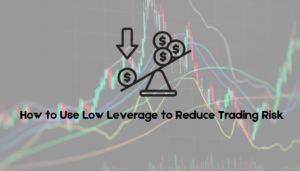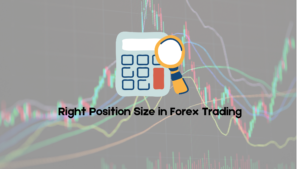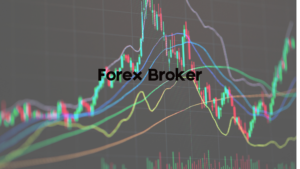Margin trading in forex involves borrowing funds from a broker to trade larger positions than what would be possible with just the trader’s own capital. It allows traders to open positions with a relatively small amount of their own money, known as the margin, while the broker provides the additional funds needed to control a larger position. This means that traders can potentially amplify their gains by trading larger amounts, but it also increases the risk of significant losses if the market moves against their position.
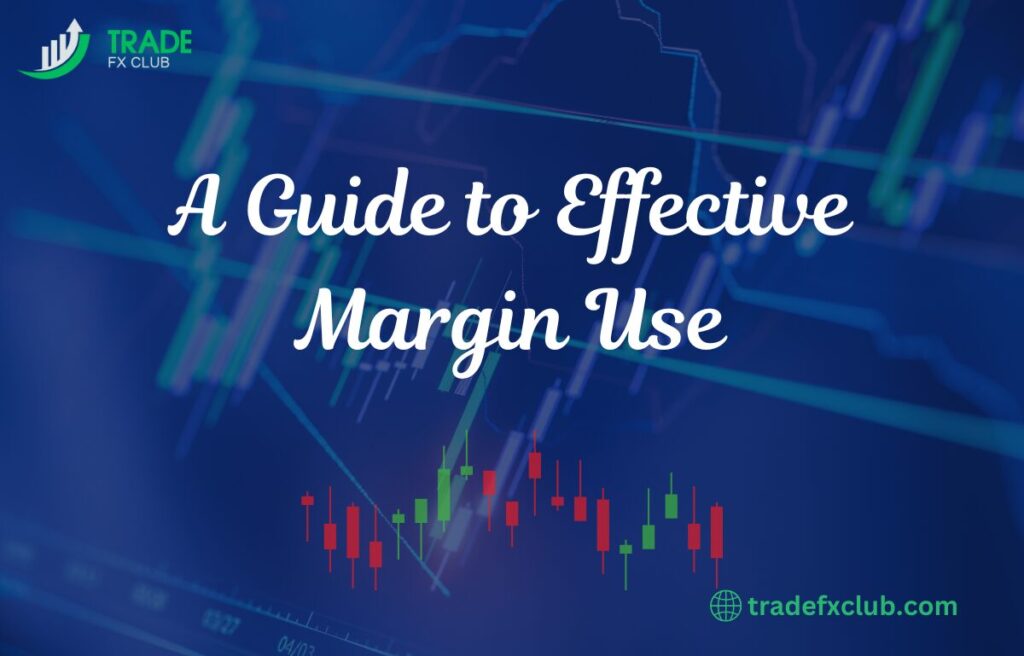
The margin required for trading is expressed as a percentage of the total position size. For example, if a trader wants to control a $100,000 position with a 1% margin requirement, they would need to deposit $1,000 of their own funds. Margin trading enables traders to leverage their capital effectively, but it also means they must be vigilant about their exposure and risk management to avoid margin calls and substantial losses.
How Does Leverage Work in the Forex Market?
Leverage in the forex market allows traders to control a larger position with a smaller amount of capital by borrowing from the broker. It is expressed as a ratio, such as 100:1 or 50:1, indicating the amount of leverage available relative to the trader’s margin. For instance, with 100:1 leverage, a trader can control a $100,000 position with just $1,000 of their own funds. This magnification effect can enhance potential profits, but it also increases the risk of substantial losses if the market moves unfavorably.
Leverage works by enabling traders to enter positions that would otherwise be out of their reach, using borrowed funds to increase their market exposure. While this can lead to significant gains, it also means that small price movements can have a significant impact on the trader’s account balance. Proper use of leverage requires careful risk management and a thorough understanding of market conditions to avoid overexposure and margin calls.
What Are the Types of Margin Accounts in Forex Trading?
In forex trading, there are typically three main types of margin accounts: standard margin accounts, mini margin accounts, and micro margin accounts.
Standard Margin Accounts: These accounts require traders to maintain a higher margin requirement compared to mini and micro accounts. They are suited for traders with substantial capital and experience, allowing them to trade larger positions with significant leverage. The standard account is typically used by professional traders or those with a high risk tolerance.
Mini Margin Accounts: These accounts require a lower margin compared to standard accounts, making them more accessible to retail traders. Mini accounts allow traders to control smaller position sizes, typically 10,000 units of a currency pair, with a reduced margin requirement. They are ideal for traders who are new to forex or prefer to take on less risk.
Micro Margin Accounts: These accounts require the lowest margin and are designed for traders who want to trade even smaller position sizes, often 1,000 units of a currency pair. Micro accounts are popular among beginners and those who want to practice trading with minimal risk and exposure.
Each type of margin account offers different levels of leverage and position sizes, allowing traders to choose the account type that best aligns with their trading goals and risk tolerance.
How Do Initial and Maintenance Margin Differ?
Initial margin and maintenance margin are two critical concepts in margin trading, representing different levels of funds required to open and maintain a position. The initial margin is the amount of money a trader must deposit to open a new position. This margin acts as a security deposit, ensuring that the trader has enough funds to cover potential losses when entering a trade. It is calculated based on the leverage ratio and the total value of the position, and it must be provided before the trade can be executed.
Maintenance margin, on the other hand, is the minimum amount of equity a trader must maintain in their margin account to keep a position open. If the equity in the account falls below this level due to adverse price movements, the trader may receive a margin call. This margin is typically lower than the initial margin, reflecting the reduced risk once the position is already established. The maintenance margin ensures that there is enough buffer to cover potential losses and prevent the broker from incurring losses.
What Is a Margin Call and How Can Traders Meet One?
A margin call occurs when the equity in a trader’s margin account falls below the maintenance margin level due to unfavorable price movements. When this happens, the broker demands that the trader deposit additional funds or close some positions to restore the account balance to the required level. This is a protective measure to prevent further losses and ensure that the account can cover its margin requirements.
Traders can meet a margin call by either depositing additional funds into their margin account or by reducing their position size to bring the account balance back above the maintenance margin level. It’s important for traders to monitor their positions and margin levels closely to avoid margin calls. Effective risk management, including setting stop-loss orders and maintaining sufficient funds in the account, can help prevent margin calls and mitigate potential financial risks.
How Is the Margin Requirement Calculated in Forex?
The margin requirement in forex trading is calculated based on the size of the position and the leverage used. It is determined by the formula: Margin Requirement = (Position Size / Leverage). For example, if a trader wants to open a position of $100,000 and the leverage is 100:1, the margin requirement would be $1,000. This calculation ensures that traders have enough capital to cover their trades and manage potential risks.
Additionally, margin requirements can vary depending on the broker and the specific currency pair being traded. Brokers may offer different leverage ratios for major and exotic currency pairs, affecting the margin required. Traders should always check their broker’s margin requirements and leverage options to understand the amount of capital needed to open and maintain their positions. Proper calculation and management of margin requirements are crucial for maintaining adequate trading capital and avoiding margin calls.
What Are the Risks of Trading on Margin in Forex?
Trading on margin in forex involves significant risks due to the amplified effect of leverage. One of the primary risks is the potential for substantial losses. Because margin trading allows traders to control larger positions with a smaller amount of capital, even a small adverse movement in the market can lead to significant financial losses. This magnification effect means that while traders have the potential for high returns, they also face the possibility of losing more than their initial investment if the market moves unfavorably.
Another risk is the possibility of margin calls. If the value of the trader’s positions declines and their account equity falls below the maintenance margin requirement, they may be required to deposit additional funds or liquidate positions to cover the shortfall. This can lead to forced selling of assets at inopportune times, further exacerbating losses. Additionally, the stress of managing high-leverage positions can lead to emotional decision-making, which may negatively impact trading performance and risk management.
How Can Forex Traders Manage Margin to Mitigate Risks?
Forex traders can manage margin and mitigate risks through several strategies. First, they should use appropriate leverage levels that align with their risk tolerance and trading experience. Lower leverage reduces the potential for large losses and provides a greater buffer against adverse market movements. Traders should also ensure that they have sufficient funds in their margin account to cover potential margin calls and avoid forced liquidation of positions.
Effective risk management practices, such as setting stop-loss orders, are crucial in margin trading. Stop-loss orders automatically close positions when the market reaches a specified price level, helping to limit potential losses. Additionally, traders should regularly monitor their positions and margin levels to stay informed about their risk exposure. Diversifying trades and not over-concentrating on a single position can also help manage risk and maintain overall portfolio stability.
What Are Some Common Strategies for Using Leverage in Forex?
Traders use several strategies to effectively utilize leverage in forex trading. One common strategy is the scalping approach, where traders use high leverage to take advantage of small price movements over short time periods. Scalping requires precise execution and a strong understanding of market conditions, as the goal is to make frequent, small profits with high leverage.
Another strategy is trend trading, which involves using leverage to capitalize on the prevailing market trend. Traders identify and follow the direction of the trend, using leverage to enhance their positions and maximize potential gains. This strategy relies on analyzing technical indicators and market trends to make informed trading decisions.
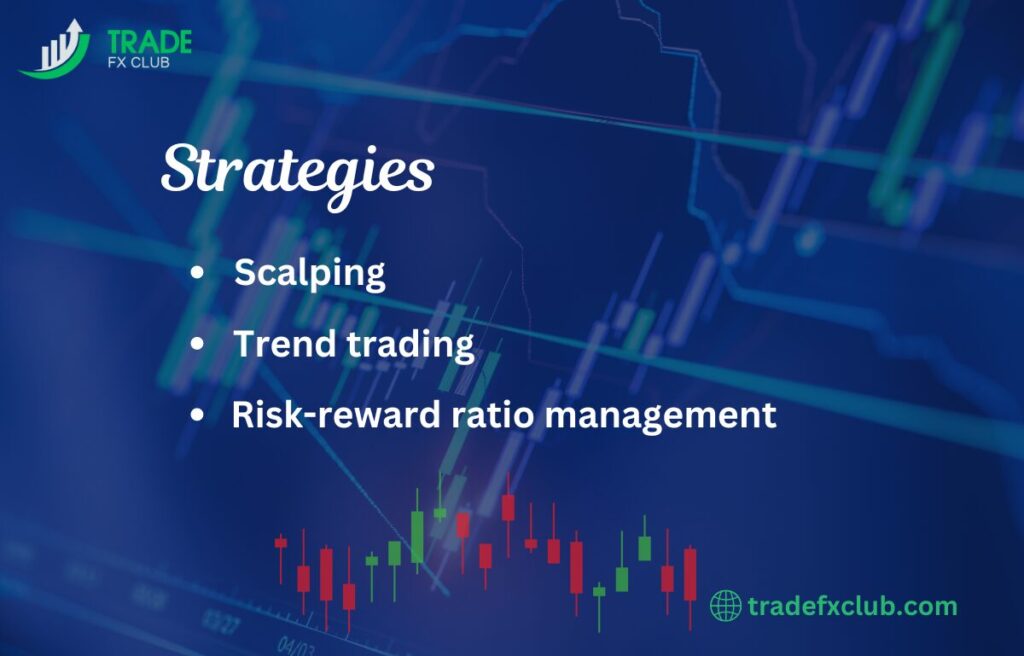
Lastly, risk-reward ratio management is a crucial strategy when using leverage. Traders aim to set realistic risk-reward ratios, such as 1:2 or 1:3, ensuring that potential rewards justify the risks taken. By carefully calculating and managing risk-reward ratios, traders can use leverage more effectively while maintaining a disciplined approach to risk management.
How Do Forex Brokers Set Margin and Leverage Limits?
Forex brokers set margin and leverage limits based on a combination of regulatory requirements, market conditions, and their own risk management policies. Regulatory bodies in different regions impose maximum leverage limits to protect traders from excessive risk. Brokers must adhere to these regulations, which can vary significantly by jurisdiction. For example, in the European Union, ESMA limits leverage to 30:1 for major currency pairs, while in the U.S., the CFTC limits it to 50:1. These regulatory limits ensure that brokers provide a standardized level of protection for traders across different markets.
In addition to regulatory constraints, brokers set their own internal margin and leverage policies based on their risk assessment models and market exposure. They consider factors such as the volatility of currency pairs, their own liquidity, and the overall risk profile of their client base. Brokers may adjust leverage limits in response to market conditions or during periods of high volatility to manage their own risk and protect against potential losses. By balancing regulatory requirements with their risk management practices, brokers aim to provide a safe trading environment for their clients.
How Does Margin Impact Profit and Loss in Forex Trading?
Margin plays a crucial role in determining both profit and loss in forex trading by amplifying the effects of price movements. When traders use margin, they can control larger positions with a relatively small amount of capital. This leverage can significantly magnify profits if the market moves in their favor. For instance, with high leverage, a 1% change in the market price can result in a substantial profit relative to the trader’s margin. Conversely, the same leverage also amplifies losses if the market moves against the trader’s position, potentially leading to significant financial setbacks.
The impact of margin on profit and loss is directly related to the size of the position and the leverage used. Higher leverage increases both potential profits and risks. For example, if a trader uses 100:1 leverage, a 2% change in the currency pair’s price could result in a 200% change in the trader’s equity. Therefore, while margin trading offers opportunities for large returns, it also requires careful management to avoid significant losses. Traders must be vigilant about their margin levels and employ effective risk management strategies to protect their capital.
What Regulatory Requirements Affect Margin Trading in Forex?
Regulatory requirements play a significant role in shaping margin trading practices in the forex market. Different regulatory bodies set leverage and margin limits to protect traders from excessive risk and ensure market stability. For example, the European Securities and Markets Authority (ESMA) enforces strict leverage limits of 30:1 for major currency pairs and 10:1 for exotic pairs, while the Commodity Futures Trading Commission (CFTC) in the U.S. sets limits of 50:1 for major pairs. These regulations are designed to prevent traders from taking on excessive risk and to provide a standardized level of protection.
In addition to leverage limits, regulatory requirements may also include rules on margin call procedures, account protection measures, and transparency standards. For instance, regulators often require brokers to maintain clear margin call policies and provide clients with detailed information about margin requirements and potential risks. Compliance with these regulations ensures that brokers operate within established guidelines, fostering a safer trading environment and protecting traders from excessive risk exposure.
In conclusion, margin in forex trading plays a critical role in amplifying trading opportunities by allowing traders to control larger positions with a relatively modest amount of capital. This leverage can significantly enhance potential returns, making it an attractive tool for traders aiming to maximize their gains. However, the increased exposure also means that losses can be magnified, highlighting the importance of understanding how margin works and the risks involved. Effective margin management requires careful planning and discipline, as excessive leverage can quickly lead to substantial losses.
To navigate the complexities of margin trading successfully, traders must implement robust risk management strategies and stay informed about market conditions. Utilizing stop-loss orders, maintaining a diversified portfolio, and avoiding over-leveraging are essential practices to safeguard investments. By striking a balance between leveraging margin for growth and managing risk prudently, traders can enhance their chances of long-term success in the dynamic forex market. Overall, while margin trading offers significant potential, it is imperative to approach it with caution and a thorough understanding of its implications.

